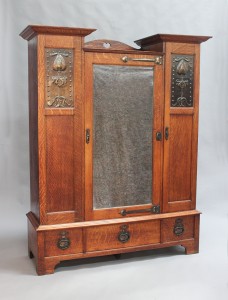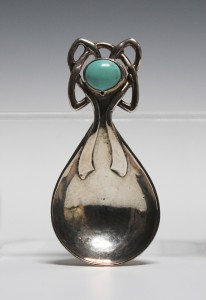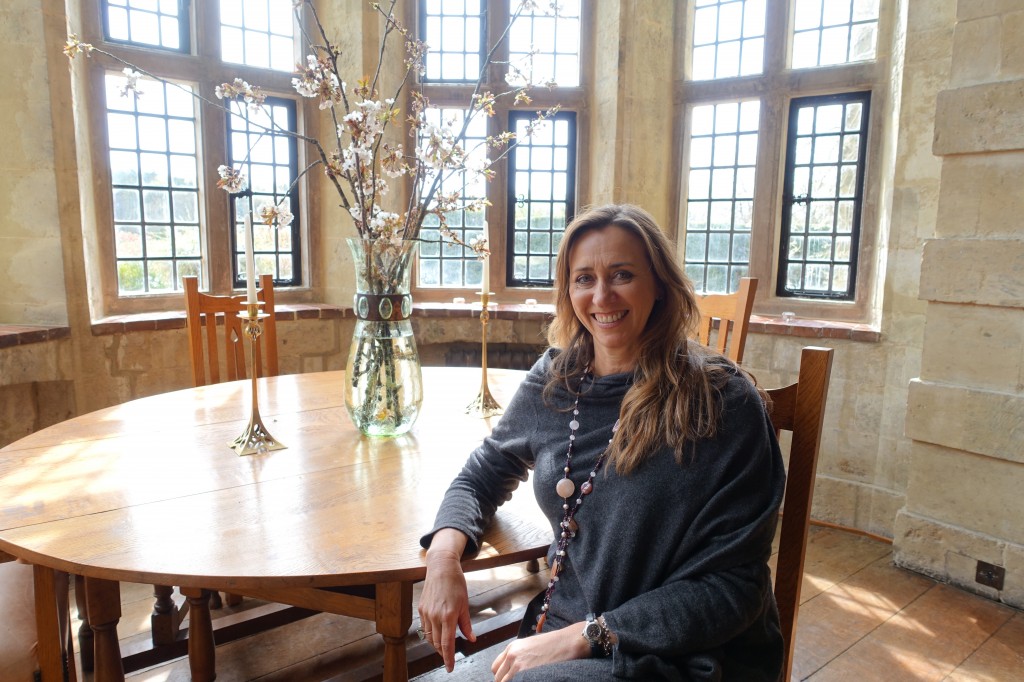
This week I am with Ashleigh Wigley the current owner and custodian of Little Thakeham which was designed Sir Edwin Lutyens in 1902. The house and gardens come to the market this week providing a once in a generation opportunity to buy one of the most architecturally important homes in Sussex.
Sir Edwin Lutyens designed a number of buildings and memorials of great importance to our nation. These included the Cenotaph in Whitehall and the Viceroy’s House in New Delhi.
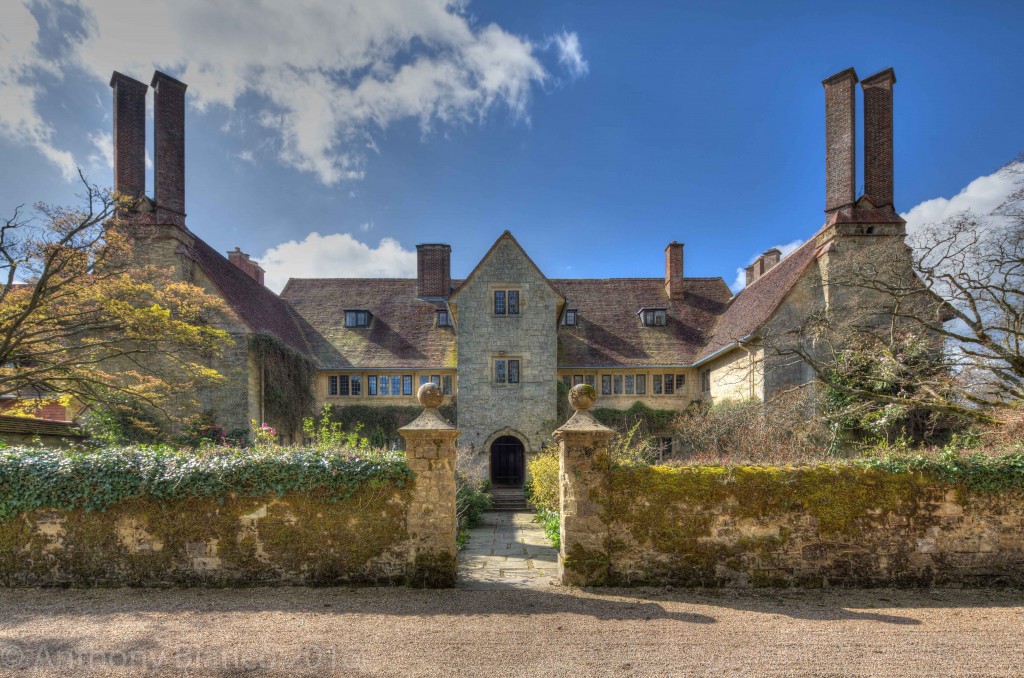
In addition to these public commissions Lutyens designed private houses for a cohort of wealthy, progressive clients at the turn of the 19th century. Amongst these houses was Little Thakeham. Lutyens described it as the ‘best of the bunch’. It combines the architectural vocabulary and attention to detail which makes his work so important and distinctive.
I have known and been involved in Little Thakeham’s story for more than twenty-five years. The front entrance never fails to excite me. The house clearly fits into the procession of English vernacular architecture. For Lutyens tradition was a vital and living thing. And yet his dramatic, architectural, spatial sequences were admired by the modernist architects, Frank Lloyd Wright and Le Corbusier. These qualities are apparent as you process from the gate into the garden court and through the arch into the house itself.
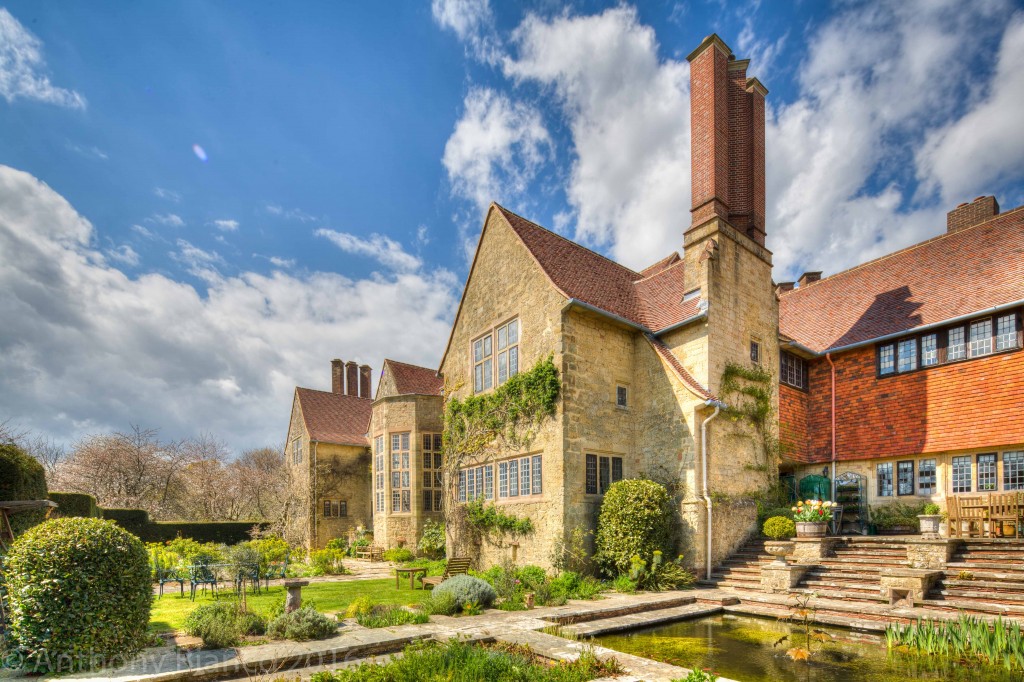
Like those in the Arts and Crafts movement Lutyens was as concerned about the aesthetics of the interiors of his buildings as he was with their exteriors. His remarkable attention to detail is apparent everywhere you look.
Ashleigh Wigley is Little Thakeham’s current custodian. Her delight and care for the building and its place is immediately apparent. As we sit drinking tea and chatting in the Great Hall she remarks “It has been beyond my wildest dreams to live somewhere so beautiful – it’s a place never to take for granted.” Ashleigh acknowledges the keen eye and unwavering support of her partner, Nigel Roberts, and says “English Heritage are delighted with what we’ve done at Little Thakeham.”
There is a restrained grandeur to the house and yet it is a place designed to be a home. Ashleigh talks of the fun her two children have had growing up at Little Thakeham. A smile crosses her face as she exclaims “It’s the best place ever for hide and seek!”

Ashleigh admits how moved she was when the stone oriel window in the Great Hall was revealed after its restoration. The south-facing oriel window fills the hall with a warm light. Light was very important to Lutyens’ architectural compositions and this is apparent throughout this generous home.

An intimate inner hall has the type of plain oak doors and beautiful latches that you find in most of the rooms. They were designed to provide a simple daily pleasure. From here an arched doorway leads into the south-facing gardens. As you look back at the house you see a fine example of the asymmetrical designs for which Lutyens is famed. The vocabulary of different facades used to form complimentary compositions delights the eye and works in concert with the lie of the land. The tiles and sandstone are typical of this part of Sussex and again speak into the vernacular tradition.
As we stand in the spring sun light I comment that my experience of Little Thakeham is that it quietly works its way into your very personhood and reveals its qualities with increasing richness over time. Ashleigh responds “I agree. It gets under your skin. It’s a generous place, a house for celebrations. It allows people to grow.” She pauses to reflect and continues “Being here has been a great privilege.”
Little Thakeham has a stillness out of time. This is a once in a generation opportunity to own one of the finest and most architecturally important homes in Sussex. Little Thakeham is being marketed by Strutt & Parker London with a guide price of £5.95 million. For more information telephone 0207 629 7282, email london@struttandparker.com, or visit www.littlethakeham.com and www.struttandparker.com.
By Rupert Toovey, a senior director of Toovey’s, the leading fine art auction house in West Sussex, based on the A24 at Washington. Originally published in the West Sussex Gazette.
